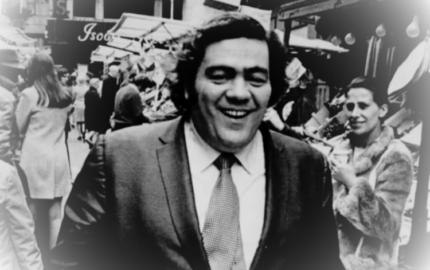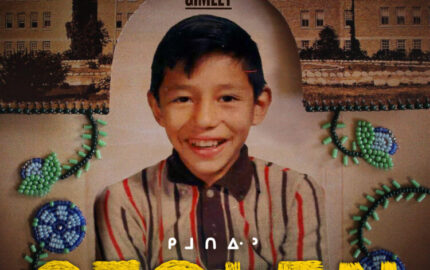 This week's Notable Narrative,"What If Osama Bin Laden Had Been Captured?," recounts the interrogation of Saddam Hussein, taking readers through recent history to a more speculative present. The story, a book excerpt published in the April issue of Washingtonian magazine under the title "Cookies for Saddam," gained a new title and an unforeseen second life as a result of the May 2 killing of Osama Bin Laden.
This week's Notable Narrative,"What If Osama Bin Laden Had Been Captured?," recounts the interrogation of Saddam Hussein, taking readers through recent history to a more speculative present. The story, a book excerpt published in the April issue of Washingtonian magazine under the title "Cookies for Saddam," gained a new title and an unforeseen second life as a result of the May 2 killing of Osama Bin Laden.Washingtonian Editor Garrett Graff's story traces the career of George Piro, the only Arabic speaker in the FBI's Phoenix field office on September 11, spotlighting his role as Saddam Hussein's interrogator:
At the first meeting, Piro introduced himself as "George." Although the men would spend hundreds of hours together over the next seven months, the Iraqi dictator would never know Piro's full name or what his position was. Piro existed only as a shadowy US government representative. "I told him that I was taking charge of his situation. We were going to be spending a lot of time together," Piro recalls. "He said he knew what I was there for. Every part of him said he shouldn't talk to me, but he couldn't help it."
As soon as Piro began to speak, Saddam knew the agent was Lebanese and Christian—a good background for the interrogation: Lebanese in the Middle East are generally neutral, and being a Christian meant that Piro didn't have a bone in Iraq's intense Sunni/Shiite Muslim rivalry. Saddam tried to be helpful by speaking Arabic with a Lebanese accent, even as, month after month, Piro's Arabic acquired an Iraqi inflection.
The ghost in the piece is the dead Bin Laden. He flits briefly through the story when Piro asks Hussein about his links with Al Qaeda. But below the surface layer of the interviews lurks depth charge after depth charge, reminders of how mistaken our conclusions were before the second Gulf War. Saddam had not trusted Bin Laden. There were no weapons of mass destruction.
Via the hundreds of pages of recently declassified interview notes and Piro's comments on the process, a different sense of Hussein emerges. While not exactly summoning sympathy for the former Iraqi leader, Graff's story humanizes him. "You don't expect," says Piro, "to have someone like Saddam be, for lack of a better term, normal." Osama Bin Laden is unlikely to ever appear that way to the American public, yet his death cuts off access to a potential gold mine of information. What things might we be wrong about now? What is it that will we never know? The simple re-titling of a piece creates a complete shadow narrative beneath an already interesting story.
Image of Saddam Hussein: AP/Nikola Solic, pool (detail)


